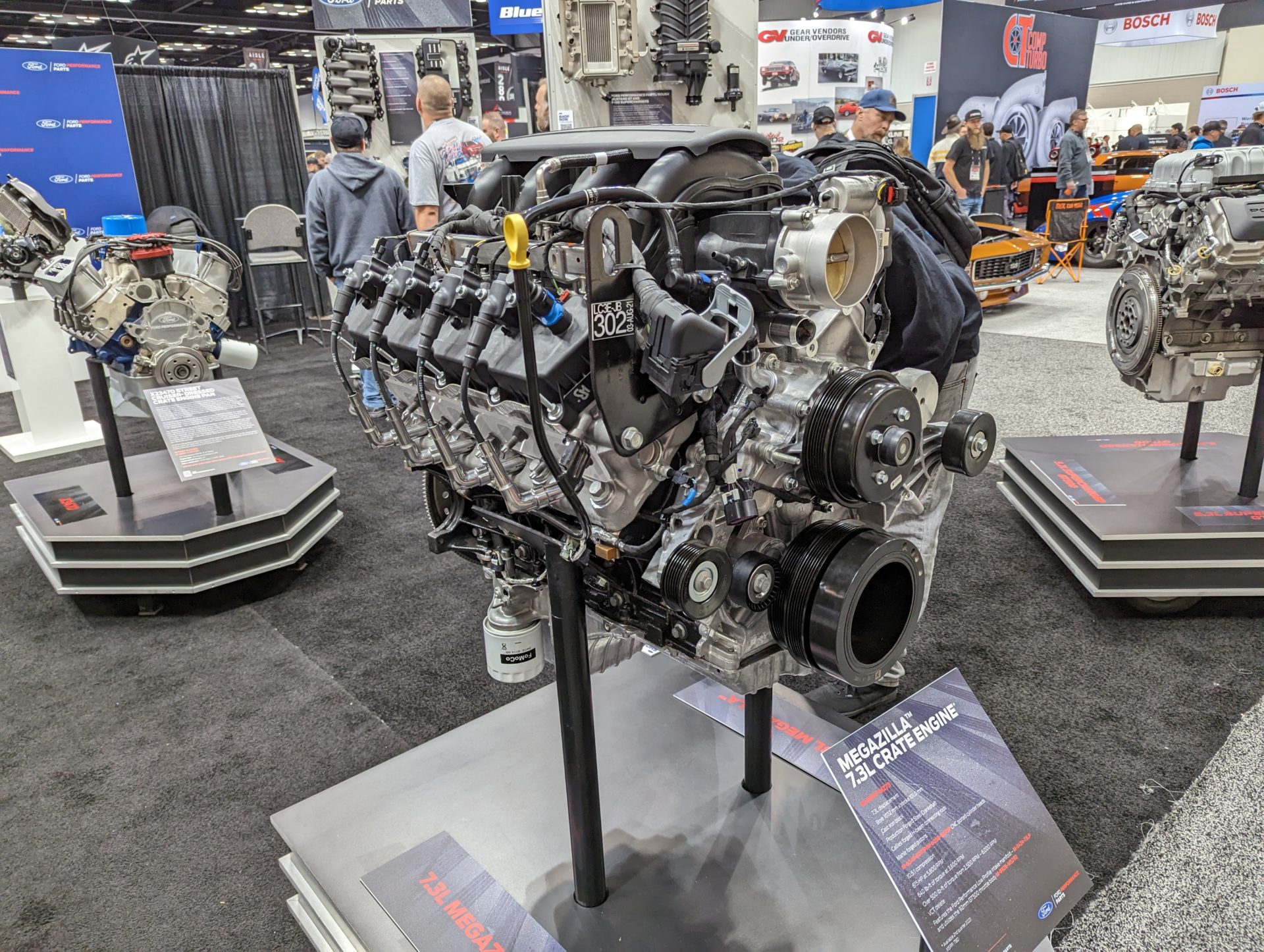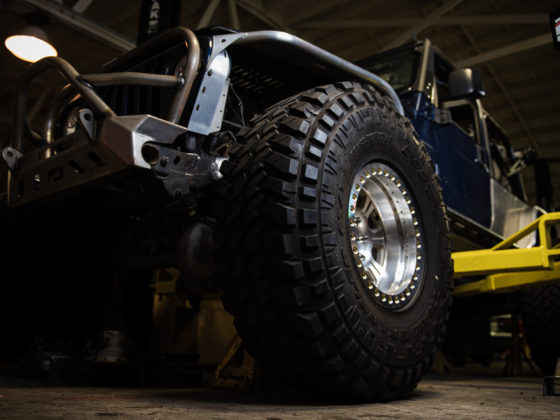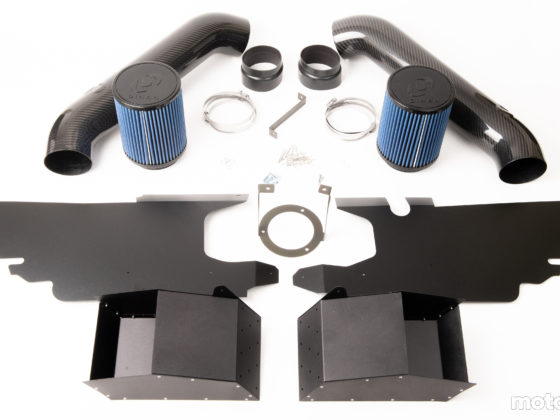
The motorsport telemetry game seems to be heating up, and the Sentinel system is a noteworthy offering. If you’ve been stymied in your attempts to get video and data overlays from your car streamed to your favorite service, Sentinel might be the trick for you. With a boatload of features that make it easy to get going, it is quite nearly as simple as power, ground and a few clicks.
The 2.0 version of Sentinel has been additionally ruggedized. It comes with two cameras in the box, which makes it easy to capture the front view and one additional view, like your pedals. The built-in GPS handles most of the overlay data, but CAN integration is an available option.
Don’t worry, they’ll make you a YouTube star in no time. But only if you crash.

Having the ideal tongue weight for your load can make an immense difference in towing stability. Weigh-Safe’s hitch has a built-in scale that helps you achieve that target more easily. They also offer their own weight distribution and anti-sway systems to go with the hitch. This seems like a worthwhile investment for towing peace of mind.

While the KW V5 Racing dampers are a McPherson design, they are not a monotube. This is because the McPherson design involves tremendous side-loading due to the fact that the damper is actually a suspension member. Because of this non-monotube construction, the valve body packaging ends up at the top of the damper, just under the camber plate. And, speaking of the camber plate, the V5 Racing comes with multiple plates at fixed camber increments. This represents a trade-off in adjustability for stability and accuracy.

While Penske has been working with BMW, Cadillac, and Acura on their LMDh program shocks, killing it in dirt late model, and filling the Trans-Am TA2 field, they also managed to come up with an innovative regressive main piston. The regressive valving breaks the compromise between what a driver wants over the kerbs and what the tire and suspension want.
What is regressive valving? At higher piston speeds, like when crashing the kerbs, the piston actually decreases its resistance. This is opposed to the more commonly found digressive valving where the resistance flatlines as piston speed increases. The regressive valving finally offers that elusive combination of both low, medium, and high-speed control.
It’s also coming to some Trek mountain bikes near you.

Since I’ve spent the entire article making hot air, it’s fitting to finish with a system that deals with air. Or, more accurately, with nitrogen. If you’ve ever been to an upper-level race event, you have at least seen teams filling tires with nitrogen. And, if you’re lucky, you’ve also seen them using all sorts of cobbled-together solutions for vacuum purging the tire to get as much air out as possible.
For those who remember their rudimentary high school chemistry, atmospheric air is actually a mixture of many gases, nitrogen included. Unfortunately, atmospheric air changes pressure dramatically with changes in temperature. The tire is an integral component of the suspension and has its own spring rate. Changes in tire pressure can dramatically impact the spring rate of the tire, which impacts the spring rate of the whole system. Nitrogen doesn’t suffer from changes in pressure with changes in temperature anywhere near as much as atmospheric air. This is why racers run nitrogen in their tires. On the street, don’t get suckered into running nitrogen. It’s a ridiculous waste of money. Atmospheric air often contains a lot of water (humidity in the south, anyone?). That’s also bad for tire pressure consistency.
When every tenth, or even hundredth, of a second counts, making sure that the tires have absolutely no atmospheric air, are completely dry, and have only nitrogen becomes critical. The NIflate99 system is a completely hands-free and automated tool to purge the tires and fill them with nitrogen. According to the manufacturer, the system doesn’t apply vacuum, which maintains the tire warranty, but effectively purges the air and then inflates with dry nitrogen from a tank. The system also comes in this “virtually indestructible” hard case.
And there you have it – the 2022 PRI show. I already can’t wait to go back next year.




4 comments
Thank you.
What are the benefits of titanium exhaust bolts/studs?
Mostly thermal characteristics. Exhausts, especially turbo exhausts, can get very hot. This can result in metal fatigue and failure of fasteners. Titanium has a high melting point and low thermal expansion. Since it doesn’t expand, it tends to hold its torque. I can’t remember who told me the story, but the summary was that they kept having exhaust manifold issues and it turned out that the fasteners were lengthening and losing torque from the heat. Titanium wouldn’t do that.
I never knew what the benefit of Nitrogen in tires was, just that it was ‘the hot new thing for fuel mileage’ for awhile before being called as snake oil.
Reading now, I understand it’s benefit in very specific cases like top tier race teams searching for fractions on fractions of fractions of a second. Neat.
I am always learning something here.